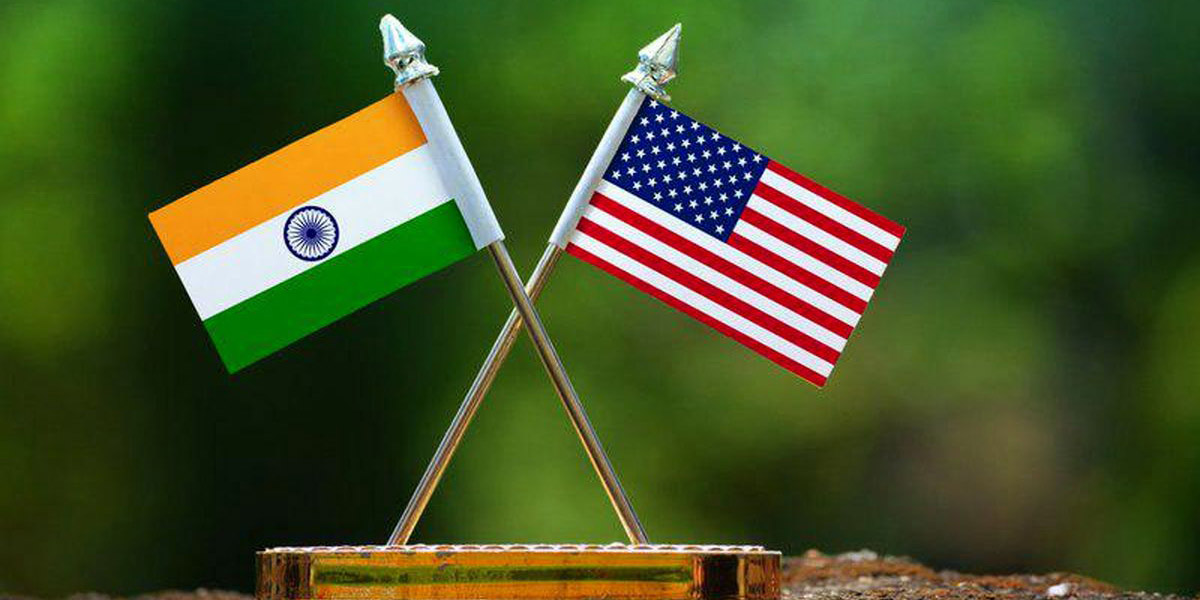
India, US Settlement on 2% Equalisation Levy
Under the new agreement, Indian government has agreed to refund the excess amount of tax that it collects through equalisation levy starting April 1, 2022 till March 31, 2024, (or when Pillar 1 of the new global tax regime takes effect, whichever is earlier), in comparison to the tax collected under Pillar 1 of the new global tax law in the first full year of its implementation. The agreement is likely to end trade hostilities between the two countries after India unilaterally levied a 2% equalisation levy on foreign e-commerce companies.
- The government has said that both India and the United States have reached a settlement on the issue of a 2 per cent equalisation levy, also known as ‘Google Tax’, imposed by the country on e-commerce operators. The settlement has been achieved by agreeing to the framework under the Unilateral Measures Compromise, which was signed by countries like the UK, Austria, France, Italyand Spain with the US on October 21. The deal will also ensure that countries will withdraw unilateral measures like equalisation levy to tax these digital companies.
- With this, both India and the US have joined 134 other members of the OECD-G20 Inclusive Framework in reaching an agreement on the equalisation levy.
- A statement by the Finance Ministry says: “On October 21, the United States and Austria, France, Italy, Spain, and the United Kingdom reached an agreement on a transitional approach to existing Unilateral Measures while implementing Pillar
- The agreement is reflected in the joint statement that was issued by those six countries on that date (“October 21 Joint Statement”).” The second part of the two-pillar package deal will see countries setting a global minimum corporate tax of 15 percent”
- Both India and United States have also agreed that the same terms that apply under the October 21 Joint Statement will apply between the United States and India with respect to India’s charge of 2 per cent equalisation levy on e-commerce supply of services and the United States’ trade action regarding the said equalisation levy.
However, it will be applicable from 1st April 2022 till the implementation of Pillar One or 31st March 2024, whichever is earlier. The statement said India and the United States will remain in close contact to ensure there is a common understanding of the respective commitments and endeavour to resolve any further differences of views on this matter through constructive dialogue.
The proposed solution under the OECD BEPS (base erosion and profit shifting) consists of two components. Pillar 1 deals with the reallocation of an additional share of profit to the market jurisdictions where the users are. The second pillar relates to a global minimum tax of 15 per cent. Estimates suggest that $150 billion of additional tax revenues should be mobilized under the second pillar. BEPS refers to the exploitation by multinational companies of gaps and mismatches in tax rules to shift their profits to low-tax regimes.
Nitin, Audit Associate, SW India
